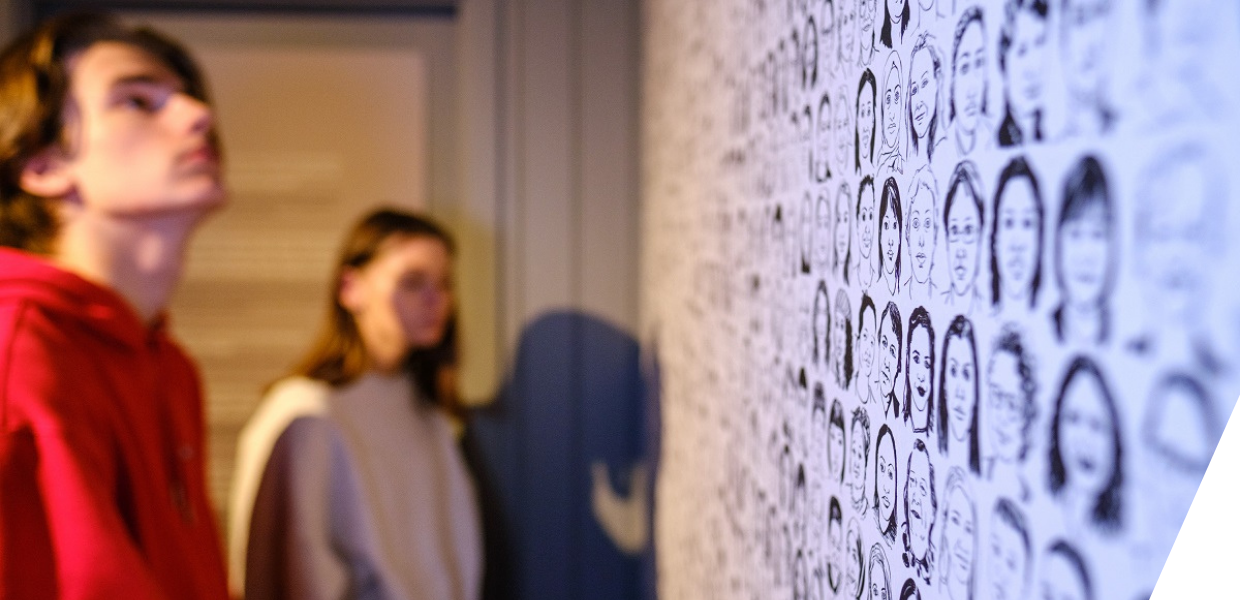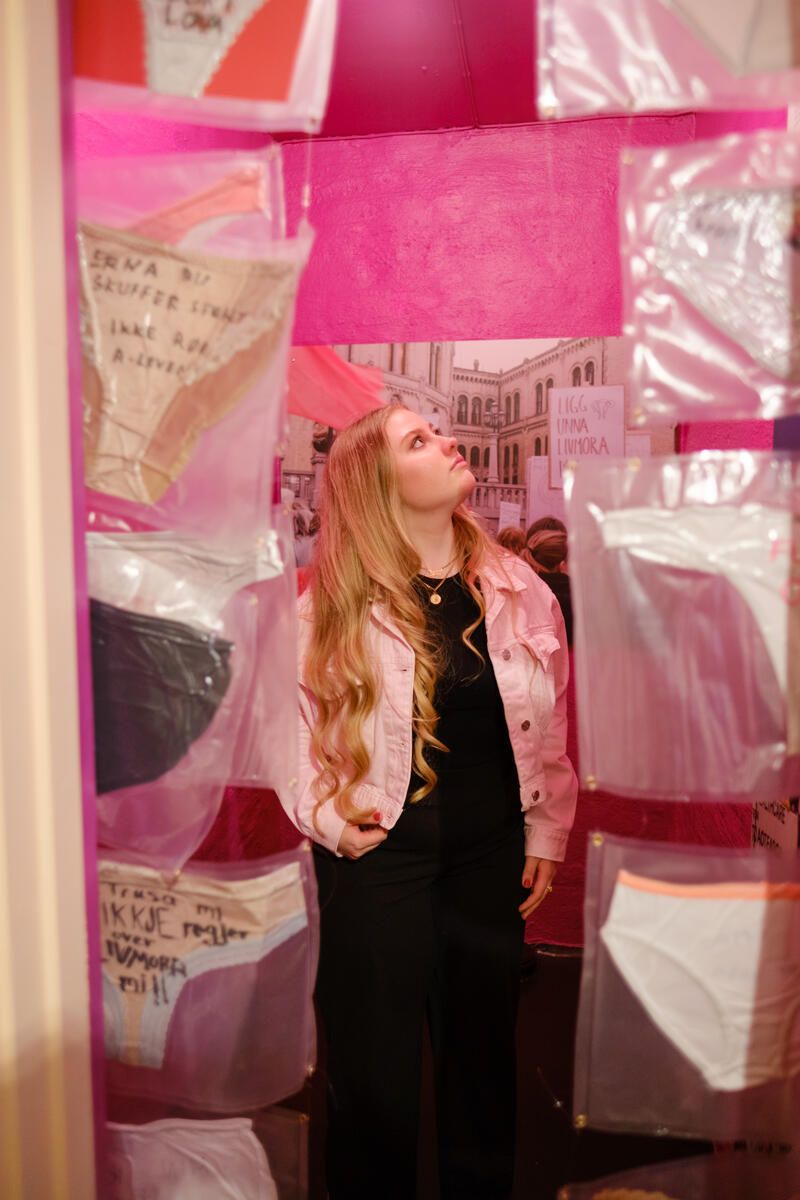In 2022 we will also open two new exhibitions in our temporary exhibition room. One will be an exhibition about lesbian feminism in the 1970s and 1980s as in 2022, Norway will mark and celebrate that homosexuality was decriminalised 50 years ago. The Women’s Museum will focus on lesbian activism in the 1970s. The exhibition opens in April.
In August we will open an exhibition about the famous glaciologist and polar explorer Monica Kristensen (b. 1950), who managed to build an international career in a male-dominated sphere and profession. A truly fascinating story.
What role does digital technology, practices or engagement play in this work?
For the permanent exhibition SHHH!, it was very important to add a digital platform for the exhibition in addition to the physical exhibition at the museum. Since it is an international project we want to make our colleagues at women’s museums around the world able to show their visitors the stories we have collected.
What plans do you have to celebrate Women’s History Month in your institution?
The Women’s Museum is involved in our local 8th of March (International Women’s Day) committee, which normally celebrates with a parade ending at the museum. The evening continues inside with speeches, poetry readings, songs and other contributions that the committee have put together for the program. This year we have to settle for an outdoor event, because of the pandemic.
Additionally, every year a local upper secondary school class makes posters for the event, and this year is no exception! We will share the posters in our social media channels and in the town of Kongsvinger. Have a look at this year's poster.
Can you share with us a woman who inspires you either from history or is still alive and explain why?
In our research for SHHH! I learned about the Norwegian-Swedish sexual educator Elise Ottesen-Jensen “Ottar” (1886‒1973). In the 1920s she became an advocate for sexual reform in Sweden. She educated people on abortion and contraception. She travelled around the country to poor working-class families, and in outside toilets and wood sheds, she helped mothers of large families to get diaphragms fitted, all at a time when there was still a ban on sharing information about contraception.
In 1933 Ottar founded the Swedish Association for Sexuality Education (RFSU). Between 1959 and 1965 she was the president of the International Planned Parenthood Federation, the world’s largest federation for sexual and reproductive health and rights.
What advice do you have for cultural heritage institutions who would like to acknowledge, surface and highlight women’s history in their own collections?
If the institutions are already interested in making an extra effort to acknowledge and highlight women’s history in their own collections, they have already taken an important step. There are many fun and easy ways to highlight women’s history on your museum platforms, such as 'object of the month' on your webpage and social media channels.
For museum professionals to succeed in integrating this work in their daily practices, they need support from both museum directors and general management. It cannot only be the responsibility of individual curators and registrars who have an interest in women’s history. To have the support of upper management teams, it is necessary to implement a long-term strategy for improving museums’ work with women’s history. In addition, institutions need to formalise their priorities in documents such as exhibition plans, collection plans and strategy plans.
Women’s history is everywhere! But sometimes we have to ask new questions of the collection and museum objects to find it. For example, there can be more women’s history related to the use of objects, instead of their production, which is more often related to men. If the museum presents object stories about both use and production the collections become richer and more interesting.
Follow the Women’s Museum of Norway on Facebook and Instagram.





